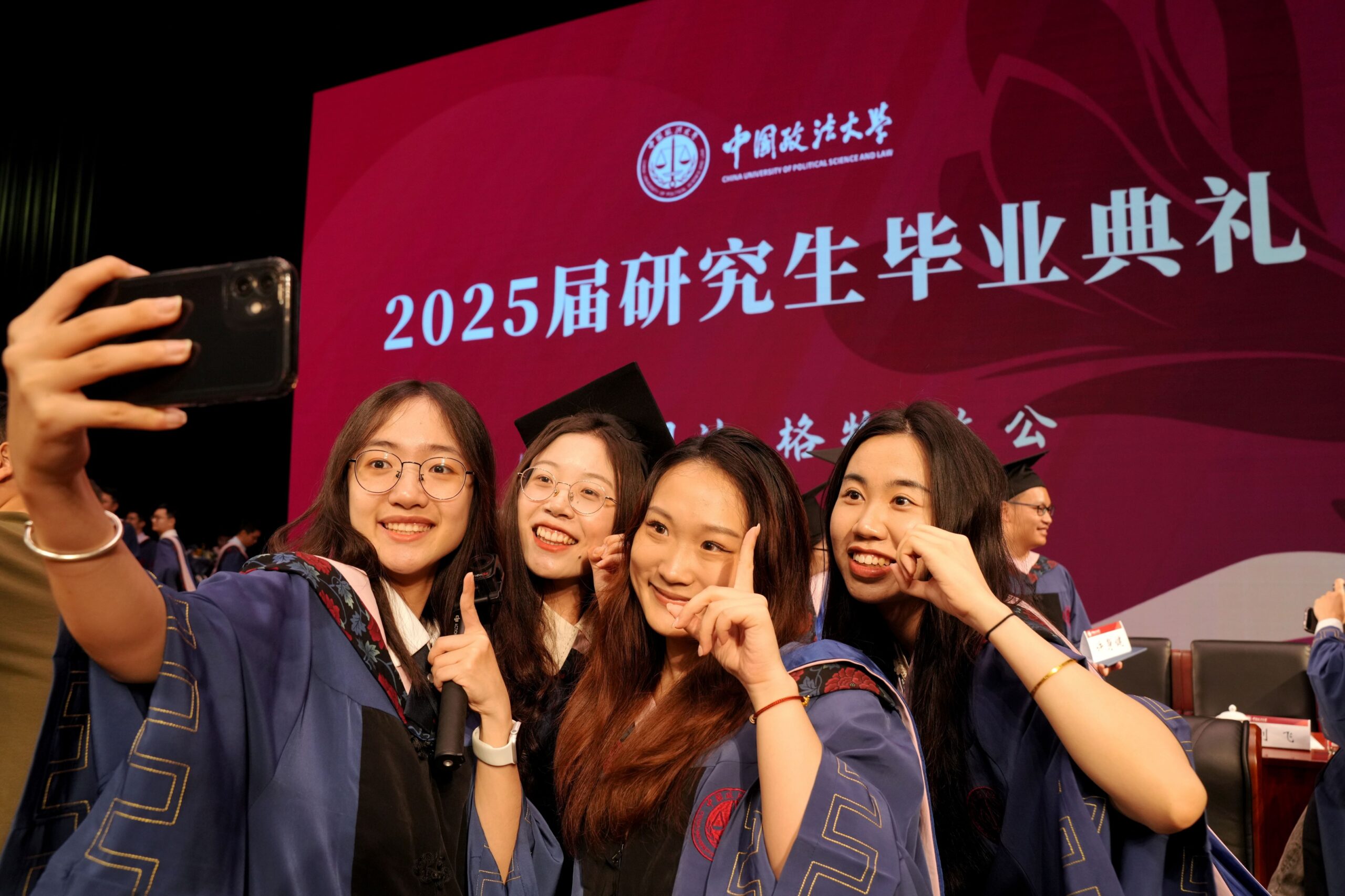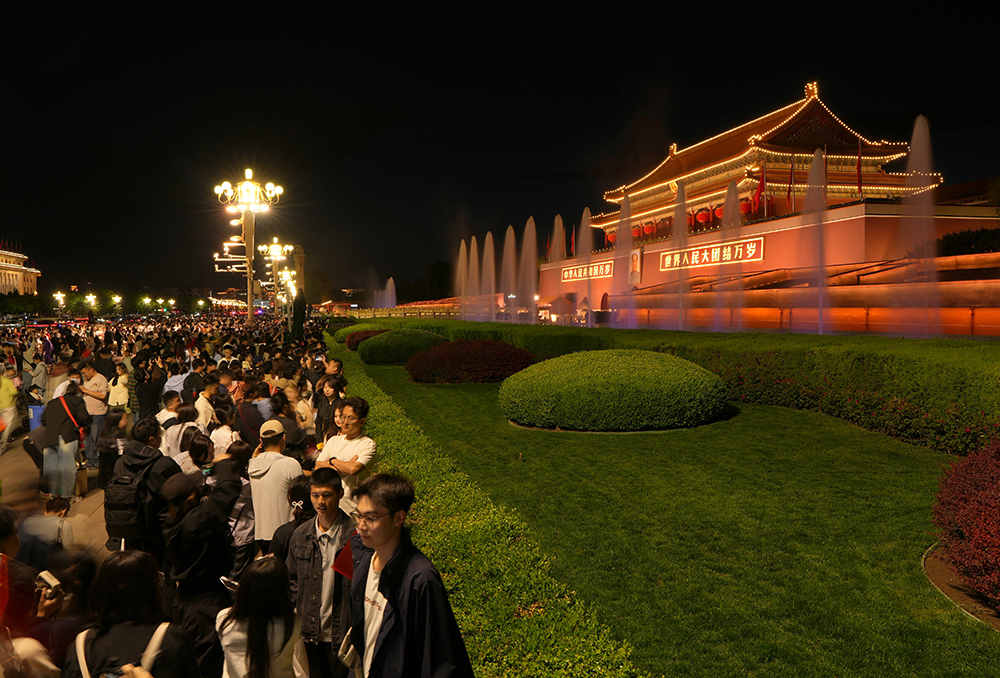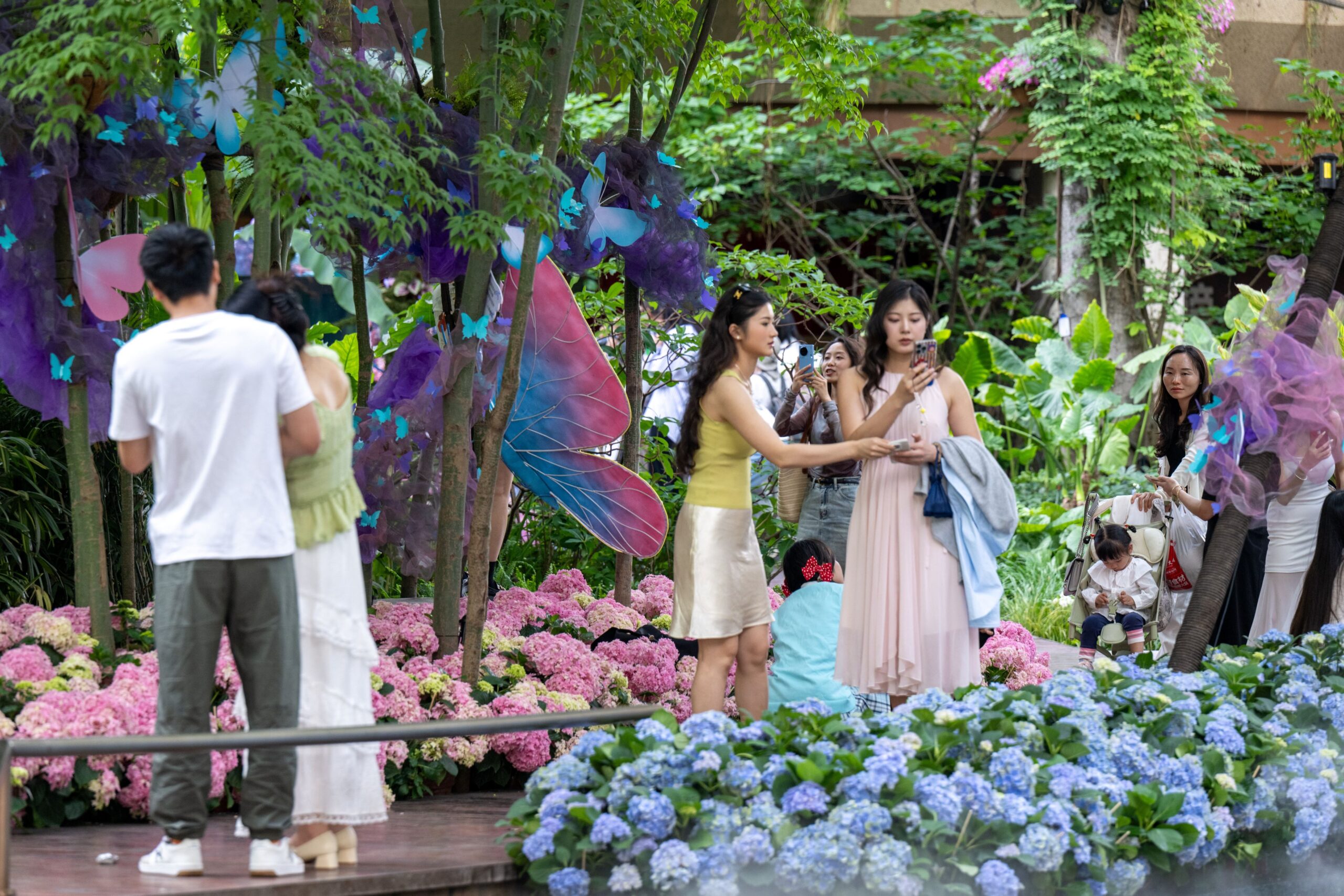With the long history, Ne Zha has changed a lot.
The “demon child” Ne Zha and the dragon prince Ao Bing will be shown on screens in the UK and several other European countries later.
Three heads and six arms, holding the “fire tip spear” (火尖枪), wearing the “red armillary sash” (混天绫), and stepping the “wind fire wheels” (风火轮) as his weapons, the typical image of Ne Zha we see today, is actually not the original one.
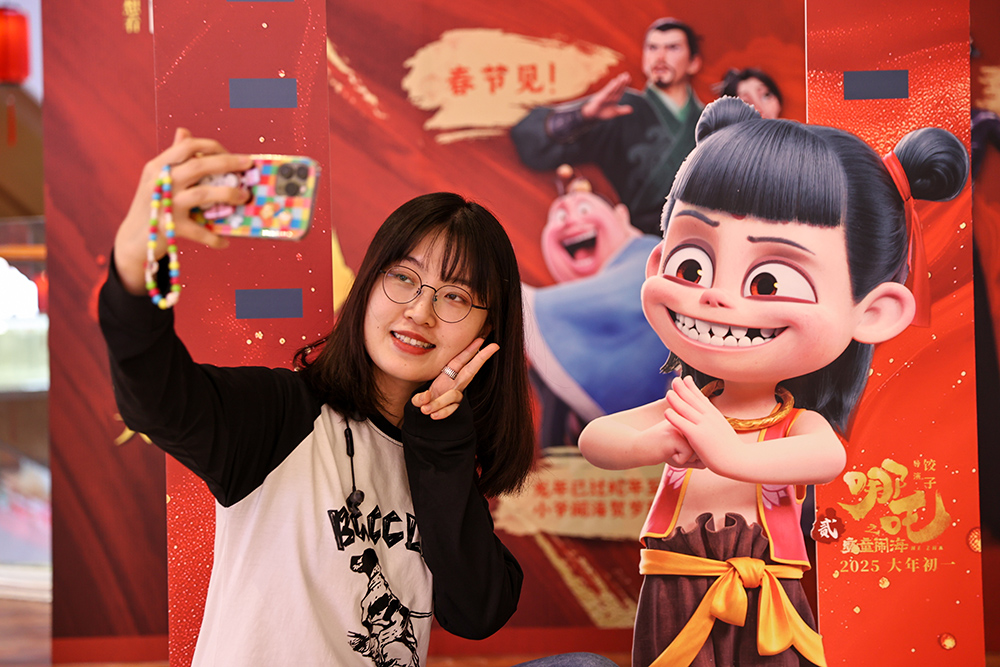
Fierce Face and Compassionate Heart
Chinese people heard the story of Ne Zha for the first time was about during 397-460 A.D., when Ne Zha was a Yaksha (夜叉) in Indian Buddhism.
Named “Nalakuvara” in Sanskrit language, Ne Zha was shown with angry and fierce face. However, in Buddhist culture, the fiercer on the face, the more compassionate inside.
What’s more, Ne Zha’s heads and arms represent his high power and level in the Buddhist system. Originally, he had eight arms in Buddhist scriptures.
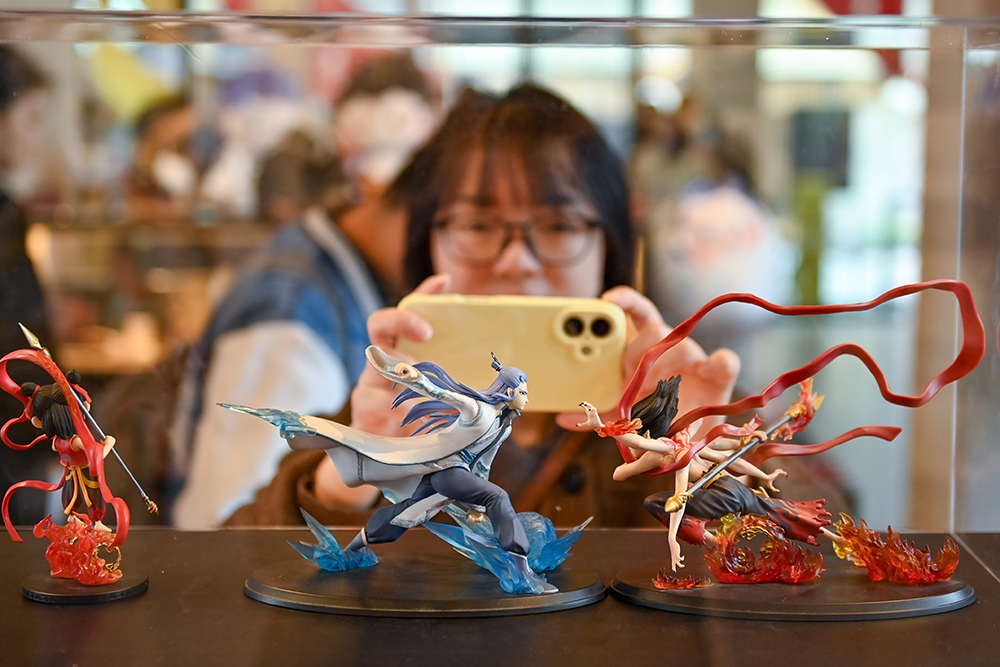
Jion into Chinese Mythology System
From India to China, the story of Ne Zha has evolved about three stages.
Before the Southern Song Dynasty (12th century), as Buddhism was introduced into China and scriptures were translated to Chinese, Ne Zha was still one of the protectors in Buddhist mythology, but with more compassionate images.
When came to Yuan Dynasty (13th-14th century), with the fusion of Buddhism, Taoism, and Confucianism, the feature of Ne Zha was shown in some Taoist classics. Influenced by folk culture, Ne Zha became the son of Li Jing and joined into the Chinese mythology system.
During the Ming Dynasty (14th-17th century), thanks to two famous novels Creation of the Gods and Journey to the West, the story of Ne Zha spread widely. He became a popular and unique cultural feature in Chinese history.
Then, the Buddhist elements of Ne Zha were simplified and totally merged into Toaism. Moreover, the image of Ne Zha was transformed from a Buddhist protestor to a Taoist child general.

A Complex and Unique Feature
The reason that the story of Ne Zha has spread for hundreds of years, is that the feature of Ne Zha has absorbed the good spirits of Buddhism, Taoism, and Confucianism. Rooted in Chinese culture, Ne Zha could be a god, a hero, a protector, and also a child. He is powerful, brave, and righteous, but also defiant. With complex and unique characteristics, Ne Zha’s story is attractive and influential for a long time.
He has multiple powers based on the merged cultures, therefore, people around China built the “Third Prince Temple” to enshrine and worship him. They believed Ne Zha could drive away evil spirits and protect the locals.
Written by Gu Yetao, additional reporting by CNS.
If you liked this article why not read: A Feast for the Taste Buds: Traditional Chinese Cuisine in Ne Zha 2




